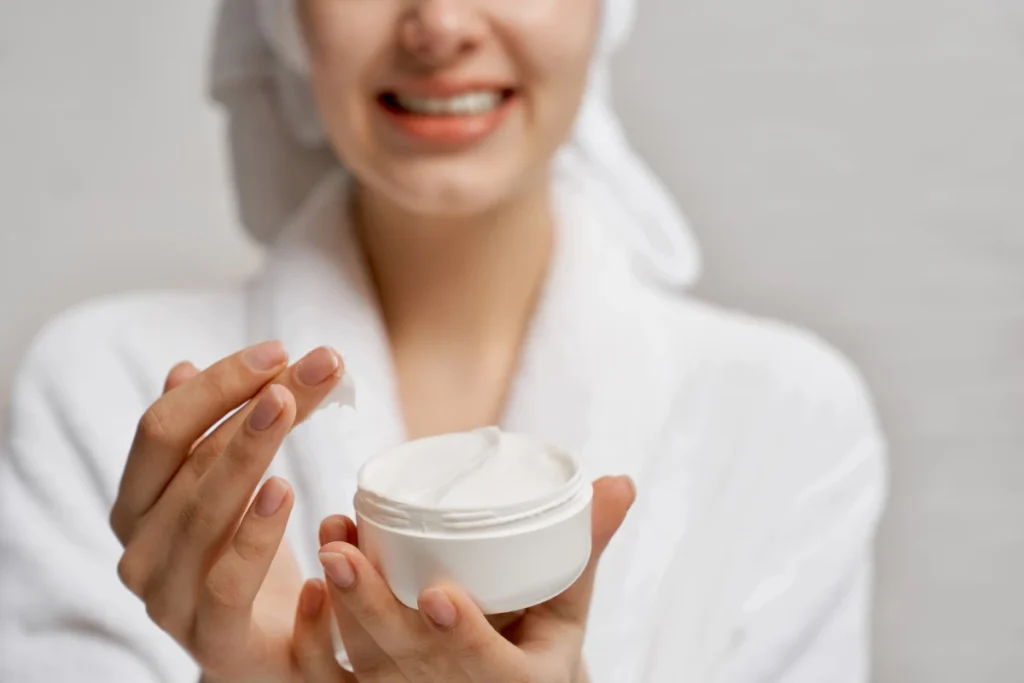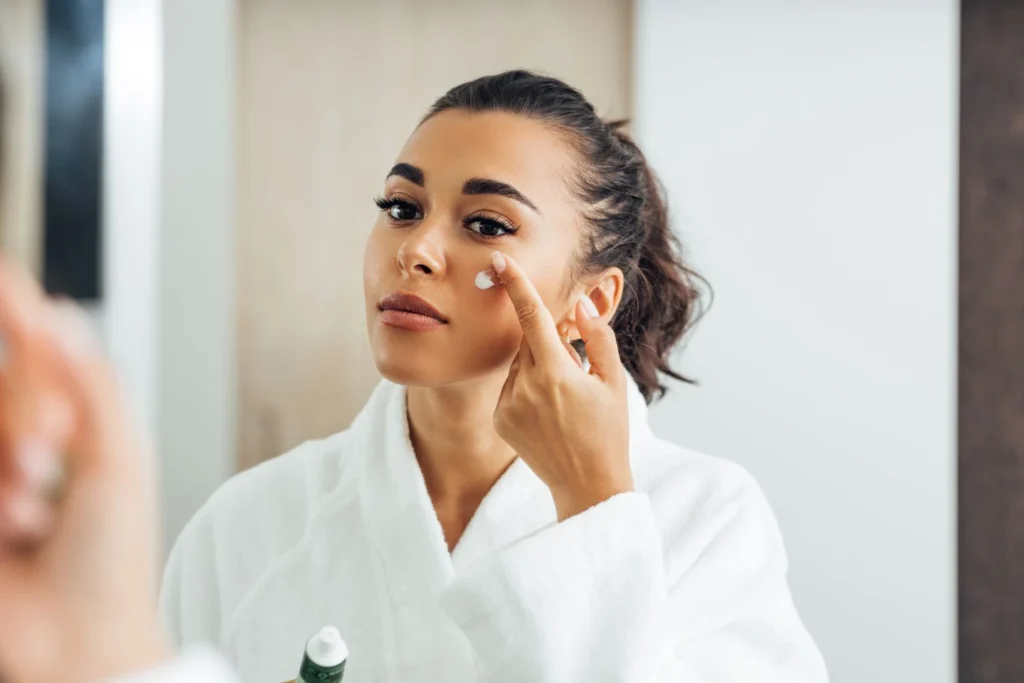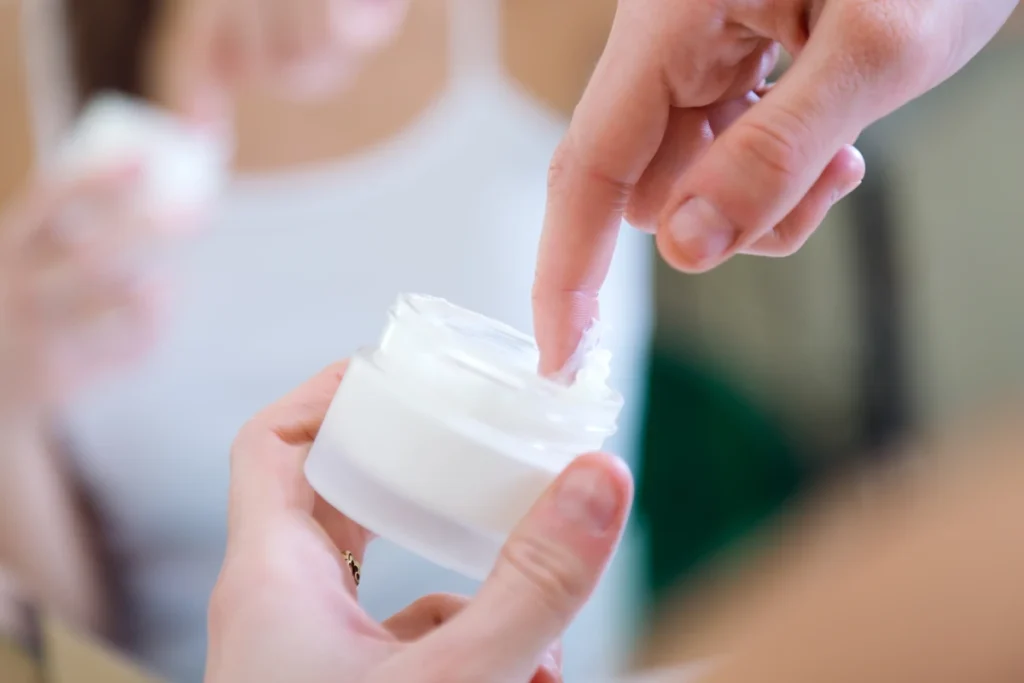Are you wondering if you should try tretinoin for wrinkles? Here’s everything you need to know about this potent anti-ageing ingredient before adding it to your skincare routine.
The market is flooded with anti-ageing ingredients that promise to turn back the hands of time and restore youthful radiance to your skin. Tretinoin is one such ingredient that has gained a lot of popularity for diminishing fine lines and wrinkles. But amid all the glowing reviews and dermatologist recommendations, many of us are left wondering if tretinoin really lives up to the hype or if it is just another passing trend in the world of anti-ageing skincare products. Let’s find out!
What is tretinoin?

Tretinoin is a prescription-strength topical cream or gel, commonly used to treat acne, sun-damaged skin, and wrinkles. It is one of the most potent and extensively studied vitamin A derivatives (retinoids). Tretinoin, a derivative of vitamin A, was originally developed as an acne treatment. It quickly became popular for its remarkable ability to rejuvenate the skin. This vitamin A derivative works its magic from deep within the dermis, accelerating the natural exfoliation process and increasing collagen synthesis to smooth out fine lines and wrinkles and promote a more youthful complexion.
Why should you try tretinoin for wrinkles?

If you want a youthful, radiant complexion, try tretinoin for wrinkles. Here’s why this powerhouse ingredient could prove to be your strongest ally in the fight against wrinkles and fine lines:
- Boosts collagen production
Tretinoin is well-known for its ability to stimulate collagen production. Collagen is a structural protein that gives the skin firmness and flexibility. Tretinoin for wrinkles promotes collagen production, which restores elasticity and firmness to the skin.
- Promotes cell turnover
Tretinoin’s capacity to promote cell turnover is another key mechanism by which it fights wrinkles. Tretinoin for wrinkles accelerates cell turnover by encouraging the shedding of old, damaged skin cells and boosting the growth of new cells. This results in a more even skin tone, fewer fine lines, and a more radiant complexion.
- Reverses sun damage
Tretinoin can help restore a more youthful complexion and diminish the appearance of wrinkles caused by the sun when used regularly. One of the major causes of wrinkles and fine lines is sun exposure. Premature ageing is caused by UV radiation from the sun damaging the skin’s collagen and elastin fibres. By accelerating the regenerative process of damaged skin cells and boosting collagen synthesis, tretinoin for wrinkles helps reverse sun damage.
How to add tretinoin for wrinkles into your skincare routine?

To guarantee optimum efficacy and avoid irritation, incorporating tretinoin into your skincare routine calls for a thoughtful approach. Start by applying it just a few times a week to reduce irritation, then progressively increase the frequency as your skin gets used to it. When choosing a Tretinoin formula, it is essential to consider your skin’s unique needs. In order to achieve the most out of tretinoin for wrinkles, I recommend reaching out for a cream formulation. Since it is moisturising, it can be easier to tolerate for beginners or those with dry or sensitive skin.
Tretinoin for wrinkles can be a game-changer in the quest for healthier, more youthful skin. Schedule a consultation with me here to learn more about this anti-ageing ingredient.
